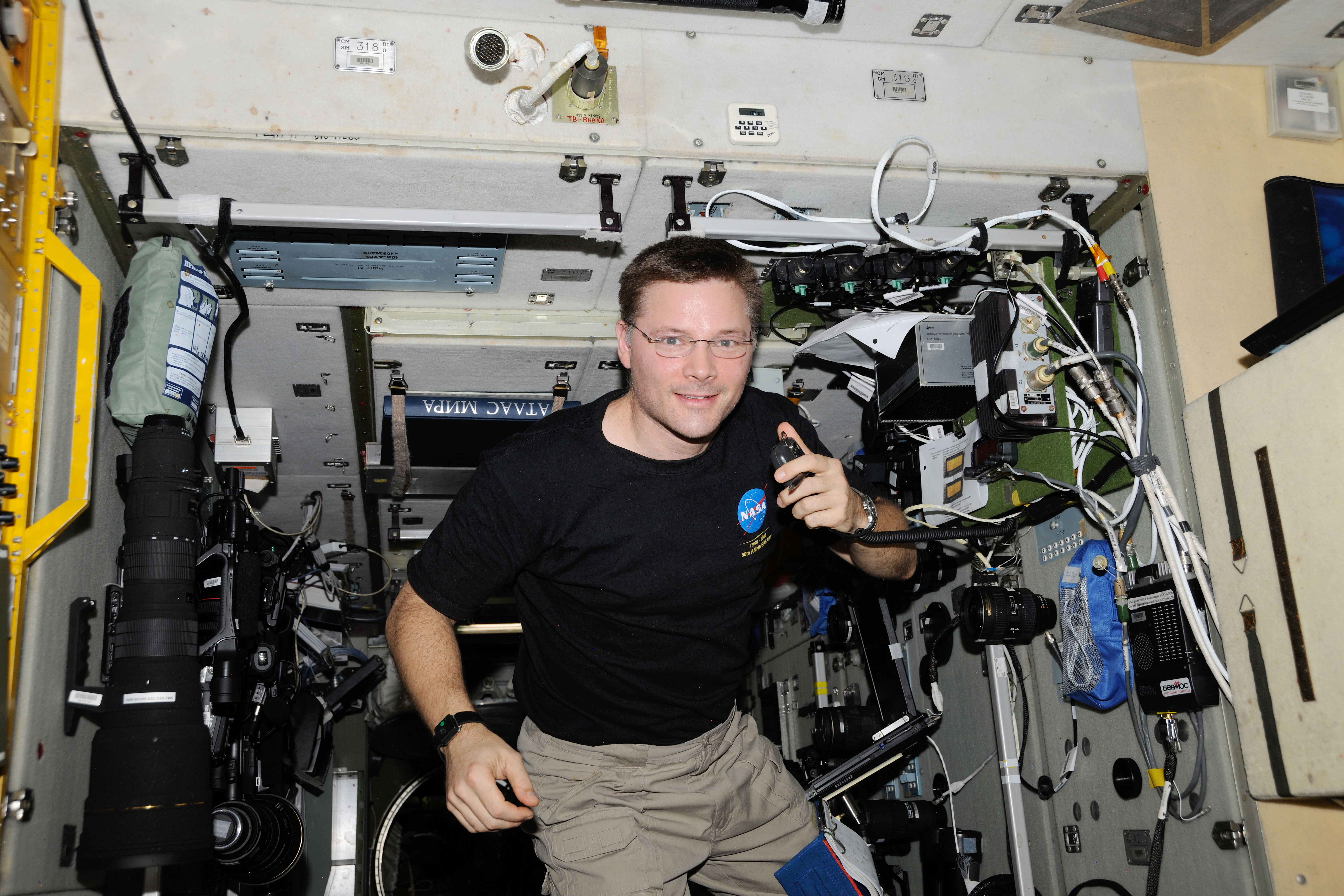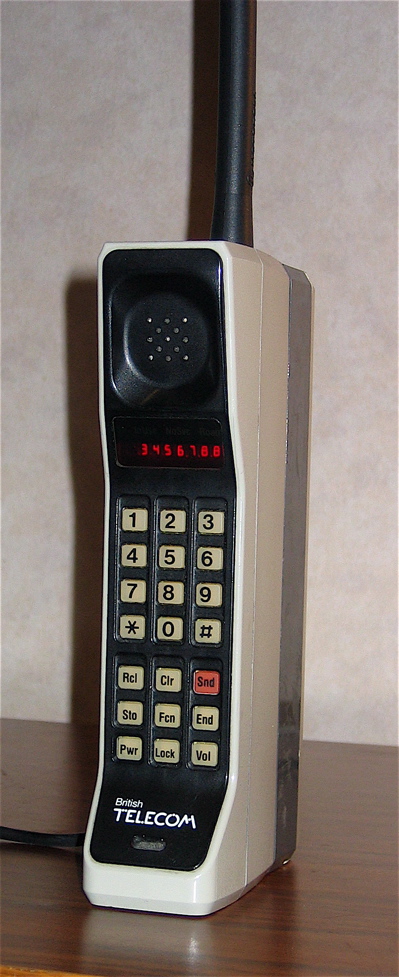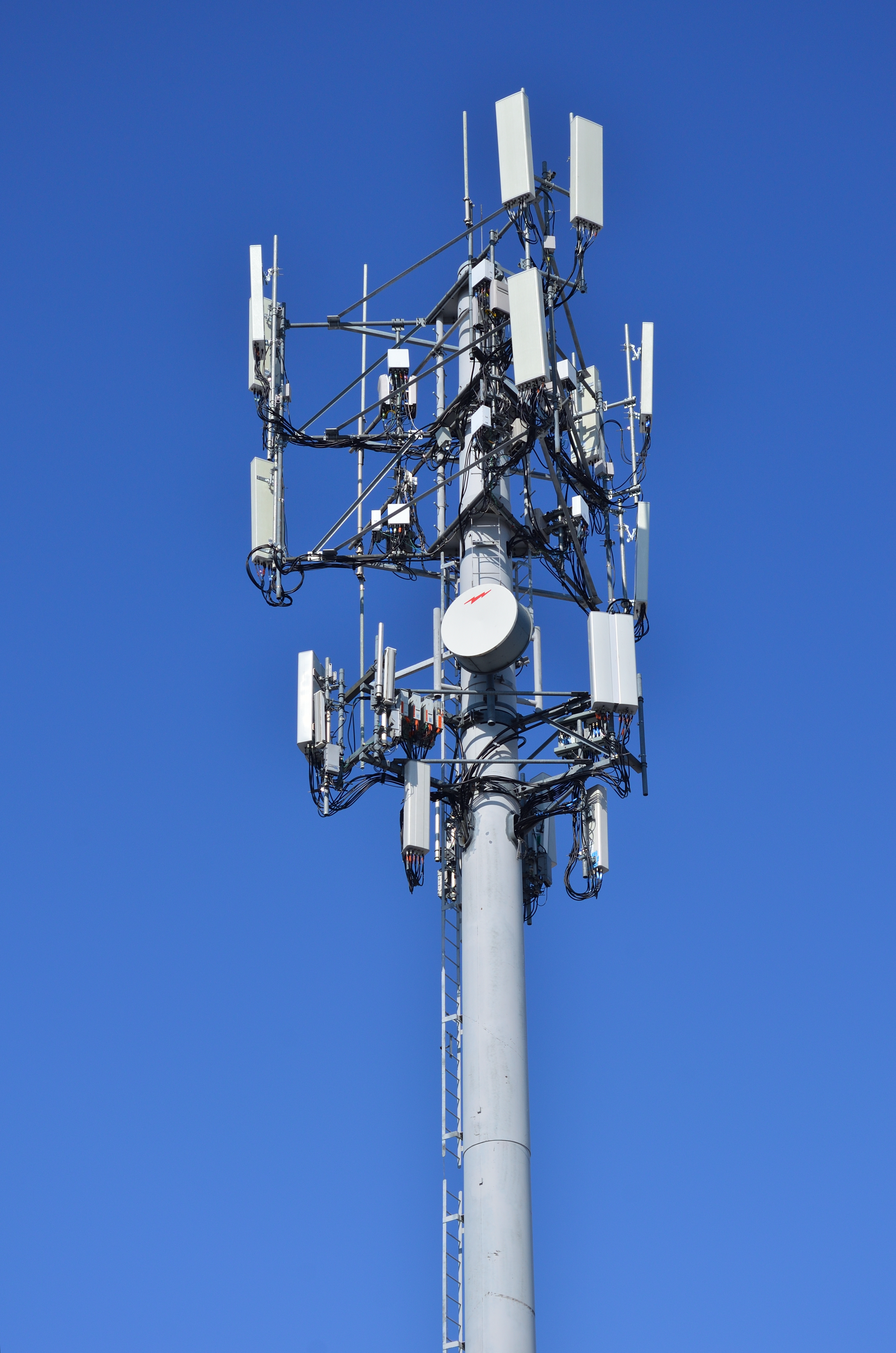|
Autopatch
An autopatch, sometimes called a phone patch, is a feature of an amateur radio repeater, two-way radio, or base station to access an outgoing telephone Telecommunication circuit, connection. User (telecommunications), Users with a transceiver capable of producing touch tones (DTMF signals) can make a telephone call, typically limited by settings in the autopatch module to be only to flat-rate numbers, such as local calls or toll-free numbers. Phonepatch vs. mobile telephony The practice of connecting an amateur radio station to a telephone network existed from the beginning of amateur radio, and was used commercially as well (as was the case with Carterfone, prompting lawsuits filed by the companies to which it was connected). The term ''phone patch'' more accurately describes a system that is dialed and connected to the telephone network by a user manually operating an amateur radio base station, which was more common before computer technology made automation of the process ea ... [...More Info...] [...Related Items...] OR: [Wikipedia] [Google] [Baidu] |
Amateur Radio Repeater
An amateur radio repeater is an electronic device that receives a weak or low-level amateur radio signal and retransmits it at a higher level or higher power, so that the signal can cover longer distances without degradation. Many repeaters are located on hilltops or on tall buildings as the higher location increases their coverage area, sometimes referred to as the radio horizon, or "footprint". Amateur radio repeaters are similar in concept to those used by public safety entities (police, fire department, etc.), businesses, government, military, and more. Amateur radio repeaters may even use commercially packaged repeater systems that have been adjusted to operate within amateur radio frequency bands, but more often amateur repeaters are assembled from receivers, transmitters, controllers, power supplies, antennas, and other components, from various sources. Introduction In amateur radio, repeaters are typically maintained by individual hobbyists or local groups of amateur ... [...More Info...] [...Related Items...] OR: [Wikipedia] [Google] [Baidu] |
Carterfone
The Carterfone is a device invented by Thomas Carter. It connects a two-way radio system to the telephone system, allowing someone on the radio to talk to someone on the phone. This makes it a direct predecessor to today's autopatch. The connection is acoustic -- sound travels through the air between the Carterfone and a conventional telephone that is part of the telephone system. The reason the Carterfone connected the telephone and radio acoustically, instead of electrically, is that telephone network owners were legally allowed to and did bar devices they did not own from being connected electrically to their networks. The Carterfone decision (13 F.C.C.2d 420) was a landmark United States regulatory decision that opened the public switched telephone network (PSTN) in America to customer-premises equipment (CPE). Twelve years earlier, a court had ruled in the Hush-A-Phone case that devices could ''mechanically'' connect to the telephone system (such as a rubber cup attac ... [...More Info...] [...Related Items...] OR: [Wikipedia] [Google] [Baidu] |
Popular Mechanics
''Popular Mechanics'' (often abbreviated as ''PM'' or ''PopMech'') is a magazine of popular science and technology, featuring automotive, home, outdoor, electronics, science, do it yourself, and technology topics. Military topics, aviation and transportation of all types, space, tools and gadgets are commonly featured. It was founded in 1902 by Henry Haven Windsor, who was the editor and—as owner of the Popular Mechanics Company—the publisher. For decades, the tagline of the monthly magazine was "Written so you can understand it." In 1958, PM was purchased by the Hearst Corporation, now Hearst Communications. In 2013, the US edition changed from twelve to ten issues per year, and in 2014 the tagline was changed to "How your world works." The magazine added a podcast in recent years, including regular features ''Most Useful Podcast Ever'' and ''How Your World Works''. History ''Popular Mechanics'' was founded as a weekly in Chicago by Henry Haven Windsor, with the first ... [...More Info...] [...Related Items...] OR: [Wikipedia] [Google] [Baidu] |
Music On Hold
Music on hold (MOH) or hold music is the business practice of playing recorded music to fill the silence that would be heard by telephone callers who have been placed on hold. It is especially common in situations involving customer service. Development Music on hold was created by Alfred Levy, an inventor, factory owner, and entrepreneur. In 1962, Levy discovered a problem with the phone lines at his factory: a loose wire was touching a metal girder on the building. This made the building a giant receiver, so that the audio broadcast signal from a radio station next door would transmit through the loose wire, and could be heard when calls were put on hold. Levy patented his work in 1966. While other advancements have come to change and enhance the technology, it was this initial patent creation that began the evolution for today's music on hold. Equipment and formats Most MOH systems are integrated into a telephone system designed for businesses via an audio jack on the telep ... [...More Info...] [...Related Items...] OR: [Wikipedia] [Google] [Baidu] |
United States
The United States of America (USA), also known as the United States (U.S.) or America, is a country primarily located in North America. It is a federal republic of 50 U.S. state, states and a federal capital district, Washington, D.C. The 48 contiguous states border Canada to the north and Mexico to the south, with the semi-exclave of Alaska in the northwest and the archipelago of Hawaii in the Pacific Ocean. The United States asserts sovereignty over five Territories of the United States, major island territories and United States Minor Outlying Islands, various uninhabited islands in Oceania and the Caribbean. It is a megadiverse country, with the world's List of countries and dependencies by area, third-largest land area and List of countries and dependencies by population, third-largest population, exceeding 340 million. Its three Metropolitan statistical areas by population, largest metropolitan areas are New York metropolitan area, New York, Greater Los Angeles, Los Angel ... [...More Info...] [...Related Items...] OR: [Wikipedia] [Google] [Baidu] |
Amateur Radio Operator
An amateur radio operator is someone who uses equipment at an amateur radio station to engage in two-way personal communications with other amateur operators on radio frequencies assigned to the amateur radio service. Amateur radio operators have been granted an amateur radio license by a governmental regulatory authority after passing an examination on applicable regulations, electronics, radio theory, and radio operation. As a component of their license, amateur radio operators are assigned a call sign that they use to identify themselves during communication. About three million amateur radio operators are currently active worldwide. Amateur radio operators are also known as radio amateurs or hams. The term "ham" as a nickname for amateur radio operators originated in a pejorative usage (like "ham actor") by operators in commercial and professional radio communities, and dates to wired telegraphy. The word was subsequently adopted by amateur radio operators. Demographic ... [...More Info...] [...Related Items...] OR: [Wikipedia] [Google] [Baidu] |
Mobile Phone
A mobile phone or cell phone is a portable telephone that allows users to make and receive calls over a radio frequency link while moving within a designated telephone service area, unlike fixed-location phones ( landline phones). This radio frequency link connects to the switching systems of a mobile phone operator, providing access to the public switched telephone network (PSTN). Modern mobile telephony relies on a cellular network architecture, which is why mobile phones are often referred to as 'cell phones' in North America. Beyond traditional voice communication, digital mobile phones have evolved to support a wide range of additional services. These include text messaging, multimedia messaging, email, and internet access (via LTE, 5G NR or Wi-Fi), as well as short-range wireless technologies like Bluetooth, infrared, and ultra-wideband (UWB). Mobile phones also support a variety of multimedia capabilities, such as digital photography, video recordin ... [...More Info...] [...Related Items...] OR: [Wikipedia] [Google] [Baidu] |
DynaTAC
The DynaTAC is a series of cellular telephones manufactured by Motorola from 1983 to 1994. Unveiled on March 6, 1983, the DynaTAC was the first commercially available handheld cellular phone. A full charge took roughly 10 hours, and it offered 30 minutes of talk time. It also offered a LED display for dialing or recall of one of 30 phone numbers. It was priced at US$3,995 in 1984, its commercial release year, equivalent to $ in . Several models followed, starting in 1985 with the 8000s and continuing with periodic updates of increasing frequency until 1993's Classic II. The DynaTAC was replaced in most roles by the much smaller MicroTAC when it was first introduced in 1989, and by the time of the StarTAC's release in 1996, it was obsolete. Name DynaTAC was an abbreviation of "Dynamic Adaptive Total Area Coverage". The TAC abbreviation would later also be used on the MicroTAC, StarTAC and TeleTAC lines of products. History The first cellular phone was the culmination of ... [...More Info...] [...Related Items...] OR: [Wikipedia] [Google] [Baidu] |
Car Phone
A car phone is a mobile radio telephone specifically designed for and fitted into an automobile. This service originated with the Bell System and was first used in St. Louis, Missouri, on June 17, 1946. Overview United States The original equipment weighed , and there were initially only three channels for all the users in the metropolitan area (other sources claim six channels). On October 2, 1946, Motorola communications equipment carried the first calls on Illinois Bell Telephone Company's new car radiotelephone service in Chicago. Due to the small number of radio frequencies available, the service quickly reached capacity. In 1964 AT&T introduced the Improved Mobile Telephone Service (IMTS). More licenses were added, bringing the total to 32 channels across three bands (See IMTS frequencies). This service was used at least into the 1980s in large portions of North America. In 1968, almost 22 years after the initial network, the US government started to consider reservin ... [...More Info...] [...Related Items...] OR: [Wikipedia] [Google] [Baidu] |
Advanced Mobile Phone System
Advanced Mobile Phone System (AMPS) was an analog mobile phone system standard originally developed by Bell Labs and later modified in a cooperative effort between Bell Labs and Motorola. It was officially introduced in the Americas on October 13, 1983,Private Line and was deployed in many other countries too, including Israel in 1986, Australia in 1987, Singapore in 1988, and Pakistan in 1990. It was the primary analog mobile phone system in North America (and other locales) through the 1980s and into the 2000s. As of February 18, 2008, carriers in the United States were no longer required to support AMPS and companies ... [...More Info...] [...Related Items...] OR: [Wikipedia] [Google] [Baidu] |
Cellular Network
A cellular network or mobile network is a telecommunications network where the link to and from end nodes is wireless network, wireless and the network is distributed over land areas called ''cells'', each served by at least one fixed-location transceiver (such as a base station). These base stations provide the cell with the network coverage which can be used for transmission of voice, data, and other types of content via radio waves. Each cell's coverage area is determined by factors such as the power of the transceiver, the terrain, and the frequency band being used. A cell typically uses a different set of frequencies from neighboring cells, to avoid interference and provide guaranteed service quality within each cell. When joined together, these cells provide radio coverage over a wide geographic area. This enables numerous Mobile device, devices, including mobile phones, Tablet computer, tablets, laptops equipped with mobile broadband modems, and Wearable technology, wea ... [...More Info...] [...Related Items...] OR: [Wikipedia] [Google] [Baidu] |






